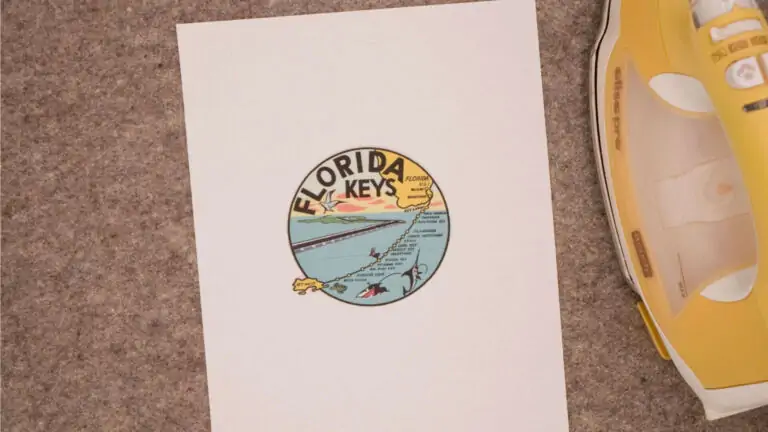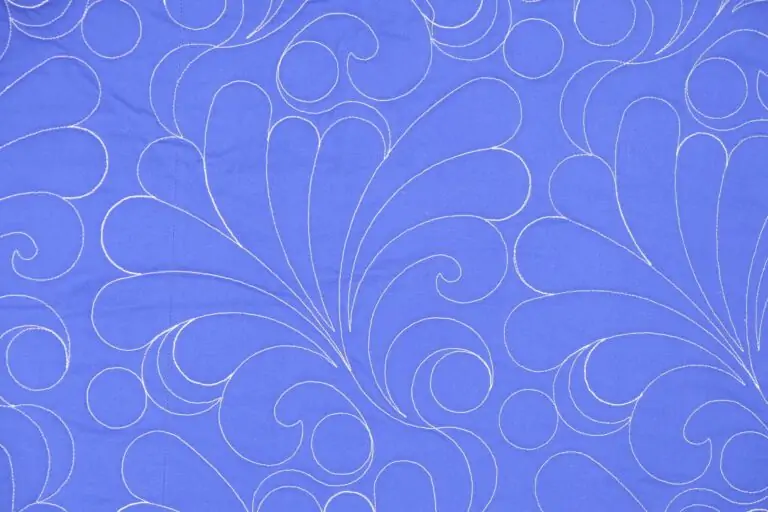10 Quilting Terms for Beginning Quilters
You will find that quilters have a language of their own. Trust me . . . there are more than 10 quilting terms that might confuse you as you are getting started. Fortunately, you can find a definition for most anything on the internet.
Learning the Lingo
Every hobby, vocation, sport, or activity has its own language. Quilting is no different. There are a lot of terms and acronyms that might confuse you in the beginning. Quilters freely toss about the terms below when in conversation.
- Quilt Sandwich — You know it doesn’t refer to the lunch everyone packed for the guild meeting, but what is it? The quilt top, batting, and backing when sewn together to create the quilt sandwich. It is what makes a quilt different from a blanket, afghan, or comforter. A blanket does not have three parts nor does an afghan or comforter.
- Batting – In the case of quilts, this can be cotton, wool, polyester, or a combination of those. It is part of what makes a quilt warm and cozy and gives it a certain loft or thickness. Wadding is the same as batting.
- Backing – Backing is the fabric on the underside of the quilt. Most quilters sew yardage together to create a single ‘sheet’ of fabric. However, many quilters are adding blocks to the backing as well now to add interest. My grandmother used bed sheets for backing on her quilts. There are many options, but that is a blog unto itself.
- Sashing – Use sashing fabric to frame blocks or add interest to the overall design of a quilt. It can be wide or narrow, and I’ve used it sometimes to keep the quilt top from appearing too busy. I’ve also used it simply to make the quilt a little larger without adding borders or additional blocks.
- Borders – The fabric which frames the entire quilt top is call a border. You can have one border, multiple borders, or no borders. I’ve made quilts with only top and bottom borders if I needed to add length to a pattern I liked. Borders are an easy way to make a quilt top larger.
- Binding – It is exactly what it sounds like it should be. The fabric binding pulls the whole quilt sandwich together and neatly finishes the quilt. In addition, it hides the inside of your quilt sandwich. Many quilters prefer to hand-sew the binding to the back of the quilt. However, some quilters prefer to sew the fabric to the back of the quilt, fold it over to the front and machine stitch it.
- Scant ¼ inch – The standard seam for quilting is ¼-inch. You will see it in most every pattern you read. You will hear quilters discuss how they achieve it with a special foot on their sewing machine, rulers, tape, etc. The secret for me was when I adopted the “scant” portion of the phrase. My blocks fit together better when I use just a little less than a ¼-inch seam. Don’t make the seam too small or your quilt top will pull apart though.
- Selvedge Edge – What is that? It is the edge that prevents the fabric from fraying. Remove the selvedge before cutting fabric for a quilt top. It is easy to see on one edge because it is often white and has the name of the designer and manufacturer on it. It is harder to see on the other edge of the fabric, but you can feel it. While you want to cut this part off before you begin cutting your quilt pieces, you might not want to throw it away. I’ve seen beautiful quilts made from nothing but selvedge edges.
- RST – Oh, the acronyms. Every hobby has acronyms. This one means “right sides together”. You will see it in many patterns. It simply means put the pretty sides of your fabric together before sewing.
- WOF – Apparently, there are many uses for this acronym. In quilting it simply means “width of fabric”. You will see it in patterns telling you to cut a 2 ½ -inch strip WOF for instance. The width is as you pull the fabric off the bolt. So, you would cut from fold to the selvedge if you cut WOF.
There are many new terms, but that is part of the fun in learning a new hobby. In no time, you will find yourself speaking in quilt acronyms!






